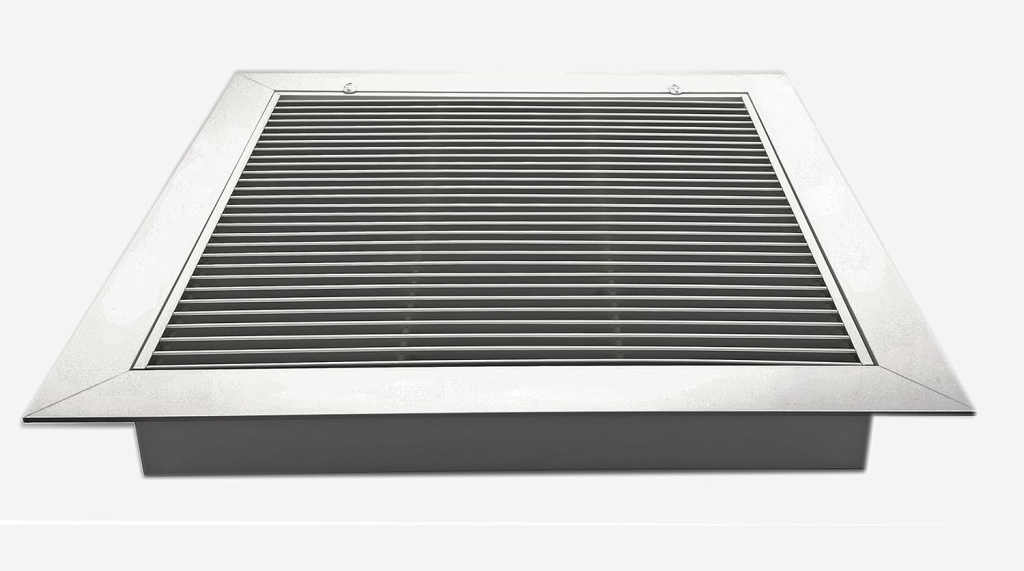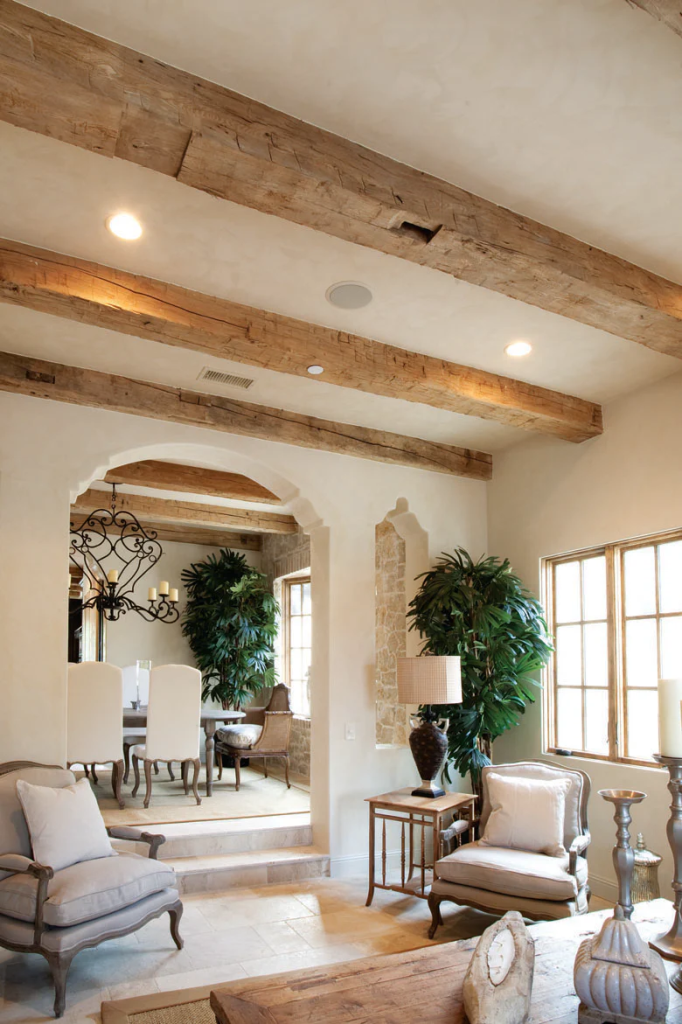When it comes to finishing a basement with an exposed ceiling, lighting plays a crucial role in setting the right ambiance while maintaining functionality. Whether you’re turning your basement into a cozy living area, a workspace, or a playroom, choosing the right basement lights for exposed ceiling can elevate the overall design. In this guide, we’ll explore various lighting options and tips to make your basement a well-lit, stylish space.

Why Choose an Exposed Ceiling for Your Basement?
An exposed ceiling is a popular design choice for basements due to its modern and industrial aesthetic. Here are some reasons why homeowners opt for this look:
- Cost-Effective: Skipping a finished ceiling saves on renovation costs.
- Easy Access: With pipes and wires visible, maintenance and repairs become more straightforward.
- Height Maximization: An exposed ceiling provides the illusion of more vertical space.
- Unique Design: The industrial vibe adds character and charm to an otherwise overlooked area.
However, achieving the right balance between functionality and style requires careful attention to lighting.
The Best Types of Basement Lights for Exposed Ceilings
1. Track Lighting
Track lighting is one of the most versatile options for exposed ceiling.
- Why It Works: Adjustable heads allow you to direct light to specific areas, perfect for multi-use basements.
- Installation Tip: Mount the track to beams or joists for a clean look. Opt for black or metallic finishes to match the industrial aesthetic.
Read too: Kitchen Lighting For A Vaulted Ceiling: Illuminating Your Space with Style and Functionality
2. Pendant Lights
Pendant lights offer a stylish, focused light source, ideal for creating cozy zones.
- Why It Works: Adds a decorative element while illuminating specific areas, like a seating or dining space.
- Installation Tip: Use a mix of heights and styles for a layered, dynamic effect.
3. Recessed Lighting
Recessed lights are a clean, minimalist option for lighting an exposed ceiling.
- Why It Works: Provides even, ambient lighting without cluttering the space.
- Installation Tip: Ensure proper insulation around fixtures to prevent heat loss through the ceiling.
4. String Lights
For a whimsical touch, string lights can transform your basement into a warm, inviting space.
- Why It Works: Inexpensive and easy to install, string lights create a relaxed, festive atmosphere.
- Installation Tip: Wrap lights around pipes or beams for a casual yet charming look.
5. LED Strip Lights
LED strips are a modern lighting solution, perfect for highlighting architectural features.
- Why It Works: Energy-efficient and versatile, these lights can be installed along beams, under shelves, or even around baseboards.
- Installation Tip: Choose color-changing LEDs to add a fun, dynamic element to your basement.
Design Tips for Basement Lights and Exposed Ceiling
Maximize Natural Light
If your basement has windows, take full advantage of natural light:
- Use light-colored curtains to diffuse sunlight.
- Position mirrors strategically to reflect natural light into darker areas.
Layer Your Lighting
Combine different types of lighting to achieve a balanced and functional design:
- Ambient Lighting: Provides overall illumination.
- Task Lighting: Focused lighting for specific activities, like reading or working.
- Accent Lighting: Highlights architectural features or decor.
Embrace the Industrial Look
Exposed ceilings naturally lend themselves to an industrial vibe:
- Opt for lighting fixtures in raw materials like metal or wood.
- Keep wiring and conduits exposed for a cohesive aesthetic.
Use Light to Define Zones
In a multi-purpose basement, lighting can help distinguish areas:
- Use recessed lights for general areas.
- Hang pendant lights over a bar or dining table.
- Install wall sconces for reading nooks or seating spaces.
Challenges of Lighting an Exposed Ceiling and How to Overcome Them
1. Dealing with Shadows
Exposed beams and pipes can cast shadows that make the space feel dark.
- Solution: Use multiple light sources to eliminate shadowy areas.
2. Concealing Wires and Fixtures
While exposed ceilings embrace raw design, too much clutter can ruin the look.
- Solution: Use cable organizers and hide excess wires with decorative conduits.
3. Brightness Balance
Overhead lighting can sometimes be too harsh or dim.
- Solution: Install dimmer switches to adjust brightness as needed.
4. Low Ceilings
Basements often have lower ceilings, which can make hanging fixtures tricky.
- Solution: Stick to flush-mount or recessed lighting to maximize headroom.
Innovative Lighting Ideas for Basement Lights with Exposed Ceilings
1. Industrial Pipe Fixtures
Repurpose metal pipes into custom lighting fixtures for a cohesive industrial design.
2. Color-Changing LED Systems
Add a futuristic touch with programmable LED lights that change colors based on mood or activity.
3. Skylight Illusion Panels
Install LED panels that mimic natural light for basements with no windows.
4. Vintage Edison Bulbs
Exposed filament bulbs add warmth and a retro charm to your basement.
5. Art Spotlighting
Use directional lights to highlight artwork or decorative pieces for a gallery-like effect.
Maintaining Your Basement Lighting System
Proper maintenance ensures your lighting remains effective and safe:
- Regular Cleaning: Dust and debris can accumulate on fixtures, reducing brightness.
- Inspect Wiring: Check for wear and tear, especially in exposed settings.
- Replace Bulbs Promptly: Burnt-out bulbs can diminish overall lighting quality.
FAQs About Basement Lights for Exposed Ceilings
1. What’s the best lighting for a basement with low ceilings?
Recessed lights and flush-mount fixtures are ideal for low ceilings, providing ample illumination without taking up headroom.
2. Can I install pendant lights on an exposed ceiling?
Yes, pendant lights can be mounted directly to beams or pipes, creating a stylish focal point.
3. Are LED lights suitable for basements?
Absolutely. LEDs are energy-efficient, long-lasting, and available in various styles to suit any basement design.
4. How can I make my basement brighter without windows?
Use a combination of bright LED lighting, mirrors, and light-colored walls to create the illusion of a brighter space.
Transforming your basement with exposed ceilings into a well-lit, functional area is achievable with the right lighting solutions. Whether you prefer modern recessed lights, industrial fixtures, or playful string lights, there’s a perfect option to suit your style and needs. With careful planning, your basement can become a standout feature of your home.


















